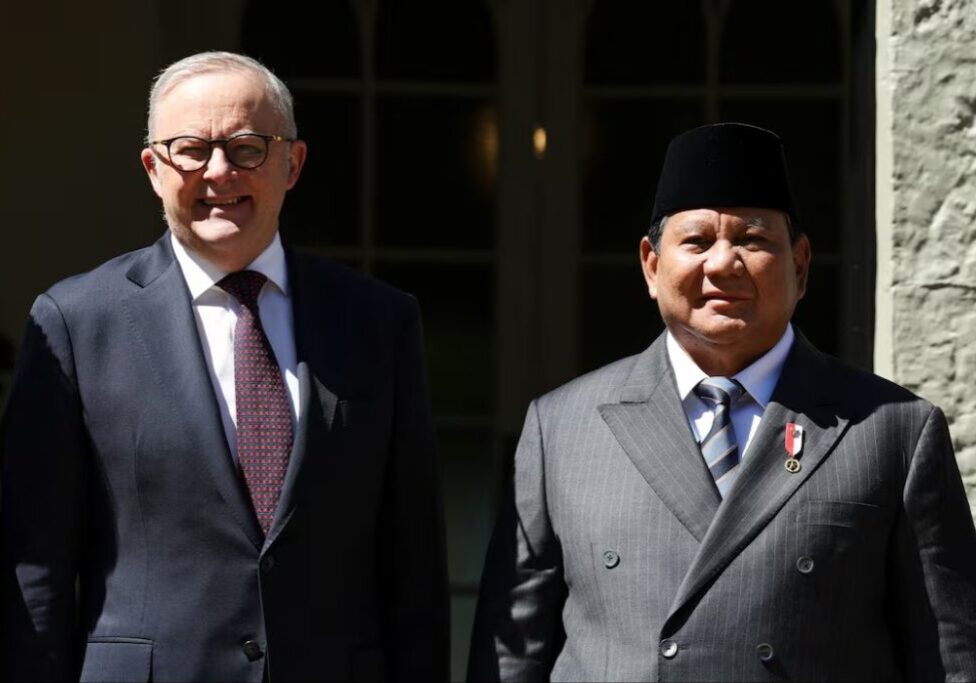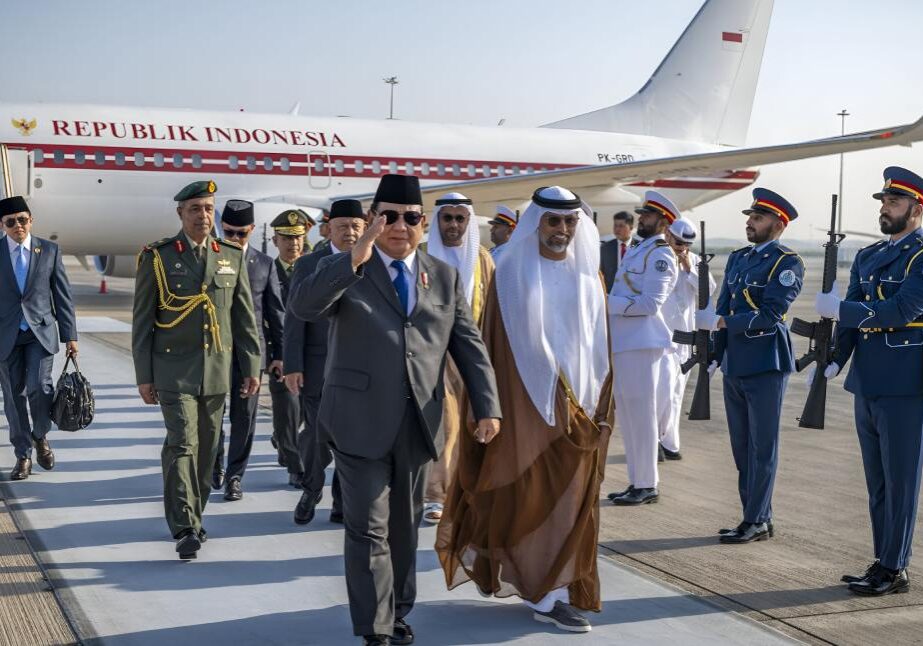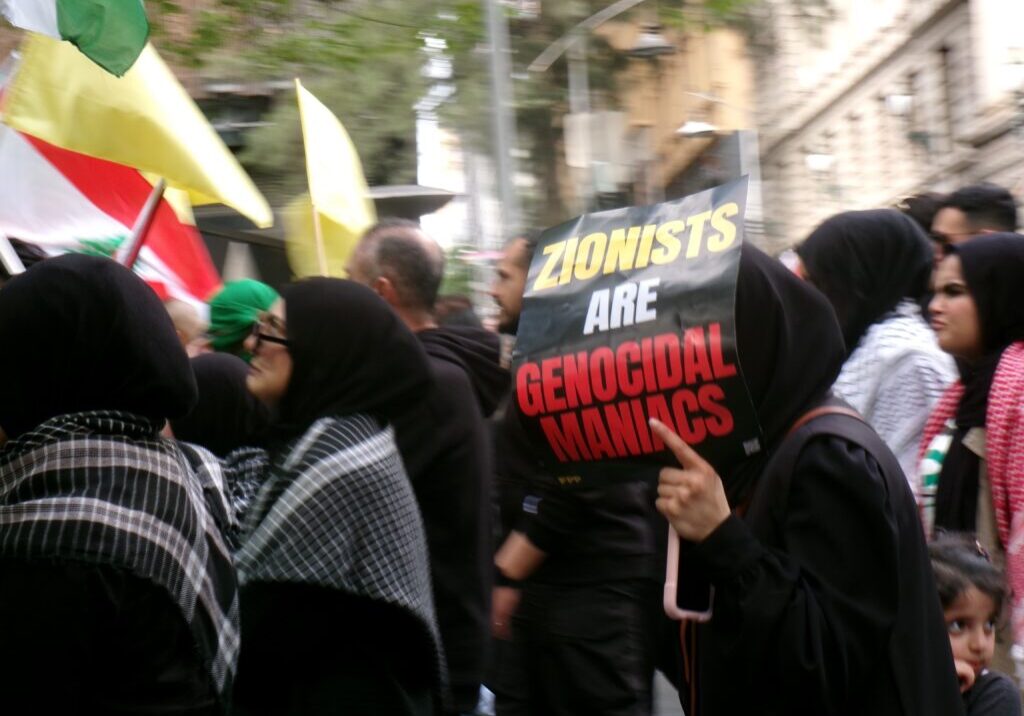Australia/Israel Review
Iraq: A Report from the Front
May 1, 2006 | External author
By Lt. Gen. John Vines
At the commencement of military operations in Iraq in 2003, the threat on the ground was thought to come from the Iraqi Republican Guard. In the months following the launch of operations, however, military commanders reassessed the threat and perceived it to be mostly directed by Saddam loyalists, otherwise known as the Fedayeen Saddam. As progress was being made, these threats eventually evolved into an active insurgency combating coalition forces as well as Iraqi government and civilian institutions.
 |
| Troops are volunterring to go back despite the hardships |
The Iraqi insurgency, as lethal and as unified as it may appear to be, is a network of loosely independent elements. The smallest element of the insurgency is the jihadist movement inside Iraq. This movement has consisted primarily of foreign nationals – people of the likes of Abu Musab al-Zarqawi – who adhere to the doctrines of al-Qaeda. This element is the most lethal and violent component of the insurgency; it rejects any form of Iraqi government other than an Islamic caliphate.
A larger, but less violent element of the insurgency consists of remnants of former regime loyalists. These are technocrats who are able to infiltrate the various ministries based on their experience in running the affairs of the government under the previous regime. They make up a loosely organised network, but they are believed to be well-financed and supported by a number of Sunni loyalists worldwide.
Sunni Arab rejectionists, a third element of the insurgency, are thought to command the greatest popular support of any arm of the insurgency. A fair proportion of the Iraqi Sunni population makes up this group. They generally oppose Shi’ite influence in Iraq and reject any Shi’ite controlled interim or transitional government. While Sunni Arab rejectionists are not as active as other elements of the insurgency, they are the facilitators and suppliers of those willing to use violence against coalition forces in Iraq.
Failed Tactics of the Insurgency
In 2004 and 2005, much of the mission of the coalition forces in Iraq was to create conditions for Iraqis to participate safely in the formation of their new government. As part of that process, many of the military operations were concentrated on denying terrorists sanctuary and sealing the border to deny foreign terrorists entry to Iraq. Much has been written about the “ink spot” theory of protecting Iraqis in safe zones that are then gradually expanded until the whole country is safe. But Iraq is not a country of isolated villages; life in each city depends on electricity, refined petroleum products, and so on, which come from other parts of the country. If the insurgents have any safe havens from which they can operate, they can disrupt life for everyone.
In early 2005, it became apparent that the threat in the short term came primarily from foreign nationals, believed to be crossing the Syrian border via Damascus. These extremists, targeting Shi’ite institutions as well as Iraqi and coalition forces, were being recruited in extremist mosques from North Africa to Indonesia.
The Iraqi people proved their rejection of the tactics of foreign terrorists by choosing to participate in the two national elections and the constitutional referendum. Foreign jihadists – including Zarqawi – lost their legitimacy over their willingness to slaughter fellow Muslims in order to disrupt the democratic process. Iraqis have rejected al-Qaeda and Zarqawi’s tactics and ambitions in Iraq.
The continuing jihadist violence in Iraq will no longer be primarily of foreign origin and will no longer have an international design with global ambitions. Iraqi jihadists will continue to exist and fight coalition and Iraqi forces, but that will be done under the banner of Iraqi terrorist groups that have emerged as part of the insurgency.
Military Transformation
Since the launch of military operations in Iraq, coalition forces have progressed in an effort to adapt to the needs and threats on the ground. New and different types of equipment have been brought in, and US forces are better equipped today than they were in March 2003.
Coalition forces conducted most of the operations in the early stages of the counterinsurgency effort; Iraqi forces were minimally involved because of lack of capacity. While that is changing, a major constraint in strengthening the new Iraqi forces has been finding suitable leaders. A new framework has been developed in which coalition units are partnered with Iraqi units – as well as transition teams within units – so that coalition forces work with Iraqi forces to support their capability on the field. Much work is going into developing logistics, maintenance, and intelligence. Much remains to be done to bring up to speed the civilian defence bureaucracy needed to support the Iraqi military – that is, the civilian structures to do things like procurement, payroll, medical support, and housing.
Iranian Influence
Iraq’s regional neighbours all have a vested interest in the success of a stable permanent government in Iraq. Iran however, is the most active in undermining American and coalition efforts. There is indisputable evidence to suggest that Iran has been facilitating the movement of advanced weaponry and sophisticated explosives into Iraq.
While Iran seeks the full withdrawal of US forces from Iraq, it is careful in pushing for a quick response. In Iran’s view, the current Iraqi government is neither strong enough nor competent enough to establish itself in control of Iraq, and an Iraqi civil war would not be in Iran’s interest. It is in Iran’s interest that a strong and friendly Shi’ite government is in place in Iraq, and Teheran is careful not to push for the withdrawal of coalition troops before this goal is achieved. For the moment, Iran is seeking to create difficult conditions for the United States in order to prevent Washington from declaring victory in Iraq and maintaining a long-term presence in the region.
There is an incredible paranoia among Iraq’s Sunni Arabs toward Iran. There was a perception among many Sunni Arabs that the policies of the transitional government in Iraq were dictated by Teheran. This level of mistrust is a real problem for creating a more stable Iraq.
Lt. Gen. John Vines served until January 2006 as Commander of the Multinational Corps-Iraq (MNC-I). The above is a rapporteur’s summary of his remarks at the Washington Institute for Near East Policy on April 13, 2006. It was prepared by Mark Nakhla. © Washington Institute for Near East Policy, all rights reserved, reprinted by permission.






